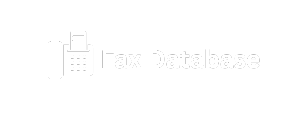Similarity is incribly difficult to measure objectively!” Zhang says. “To make matters worse! in an adversarial legal system! the two opposing sides hire their own lawyers and experts to present their evidence.”
Often ! which have been shown to be susceptible to manipulation! for example through leading questions.
It is not surprising that the plaintiffs present surveys showing that the two marks are similar! while the defendants present surveys showing that they are different.
What is “similarity”?
“There is no ‘gold standard’ in the law regarding what background information respondents are given! how questions should be word! and what ‘similarity’ criteria should be follow. All of these factors can significantly affect the results!” Zhang says. “Judges have a lot of experience with these types of cases and have develop a certain degree of cynicism.”
Often! Hsu add! judges simply say! “I don’t trust any of you. I’m going accurate mobile phone number list to trust my gut.” It’s easy to sympathize with judges who just throw up their hands.
Read also: What is Total Addressable Market (TAM) and How to Calculate It
Using the brain as a witness
In their paper! the researchers demonstrat how looking directly at the brain could help solve this problem. They plac participants in fMRI machines and quickly show them pairs of images of a real brand and a suspect copycat.
In previous studies! brain activity was consistently who will be the colleagues?” suppress when perceiving the second image! possibly because it believ it had already seen the image.
By measuring the degree of repetition The evidence comes from suppression belgium business directory in brain activity for the second image! the researchers determin how a person judges the similarity of the two images.
